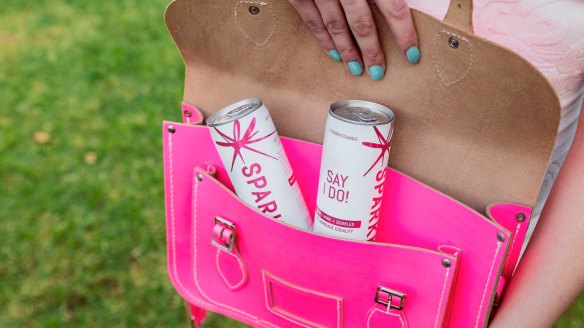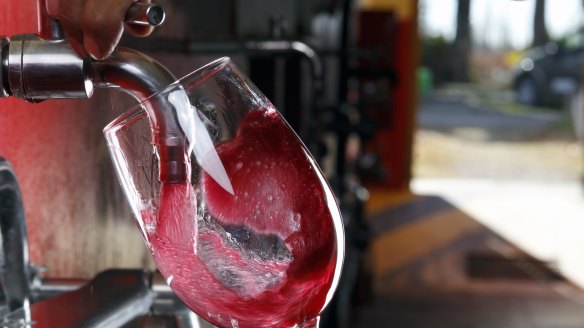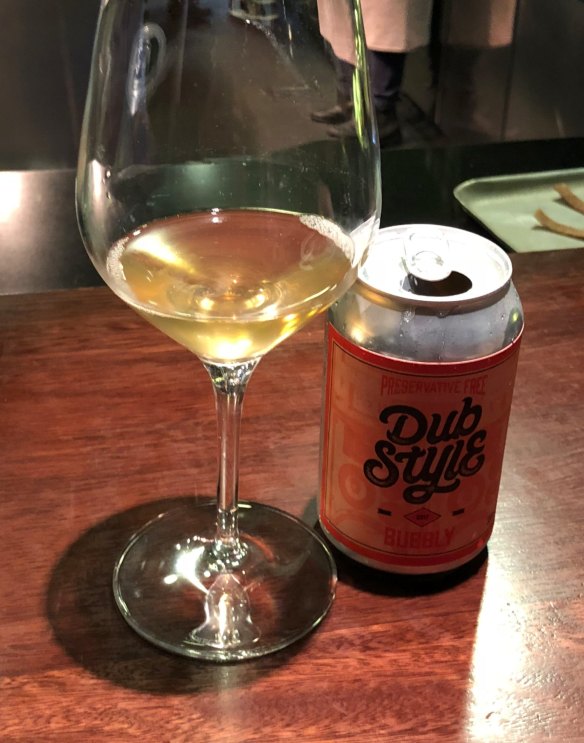Great wines can come in big (and small) packages

COMMENT
Wine can be intimidating and we winemakers are not making it easier for people.
Many restaurant wine lists read like War and Peace while retail shelves stacked with confusing bottles can stretch for hundreds of metres. There are grape varieties with obscure names and bottle labels featuring all manner of critters and criminals.

Then there are the bottle sizes. Why are we so fixated on the 750ml bottle? Sure, there's still a lake of wine sold in boxes, and a handful of piccolos and magnums, but the dominant package for wine is 750ml.
It's hardly the ideal serving size. There are at least seven standard drinks of wine in a 750ml bottle – more than the recommended daily dose for two discerning drinkers. It's perfect for four people, but how often have you cracked a chardonnay for a midweek glass and wound up with an unfinished bottle of oxidised wine a couple of days later?
It's time to unpack the baggage of tradition and embrace great wines delivered in new ways.

For too long there's been a general sense that great wine only comes in bottles and a wine offered in any other package was inferior. It's the same mentality that kept faulty corks in bottles for years after the advent of quality screw caps.
I'm not saying that the standard bottle will ever be completely replaced – I love it as much as the next wino. But there are times when the format doesn't cut it.
For most venues, 750ml bottles are a poor service format. Rather than squeezing five glasses out of a bottle and hoping it sells quickly enough to minimise waste, bars now have the option of tap wine.

Starting with a handful of wine producers and venues a few years ago, draught wine can now be found everywhere from suburban pubs to fine-dining restaurants.
The benefits to venues are clear: fresh wine, less waste, reduced storage space and a lightweight recyclable keg rather than heavy glass.
At our Yarra Valley winery and cellar door, Innocent Bystander, we have embraced tap wine, with eight of our wines poured from "KeyKegs".
Our visitors love it too. No longer constrained by the "glass or bottle?" decision, they can order a tasting flight or one-litre carafe to suit the group and occasion.
And what if you want to enjoy a single glass of wine at home or in the great outdoors? The risk of wasting good wine – knowing you'll only have one glass – has left many bottles unopened and wallowing in the cupboard.
That's where canned wine is now making an impression. Cans don't exactly scream quality craftsmanship (although our craft beer friends may disagree), but the wine, in most cases, is the same as anything in a bottle.
If producers want wine drinkers to enjoy the fruits of our labour, as and when it suits them, then we have to consider ways we can make great wines available to suit all occasions.
We shouldn't have to sell it in a bottle just because that's "the way things are done".
Mat Janes is general manager of Innocent Bystander, Healesville, Victoria.